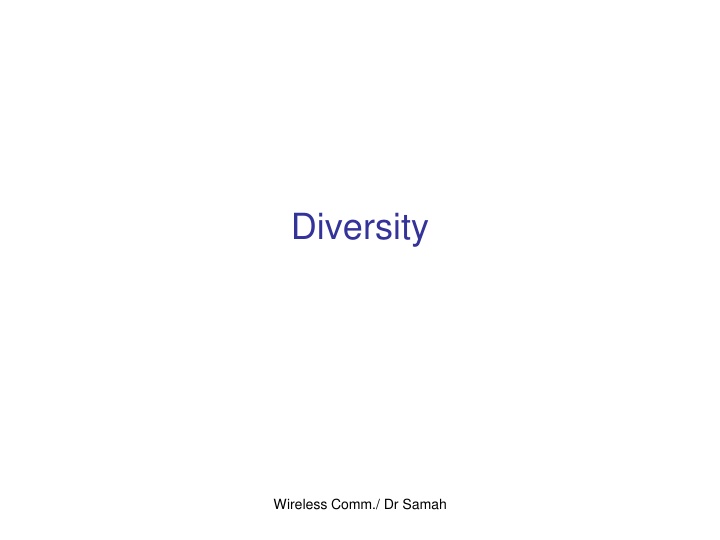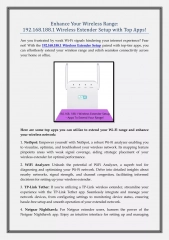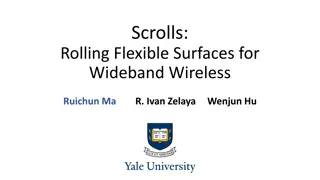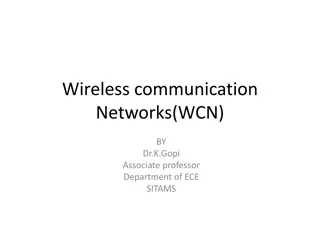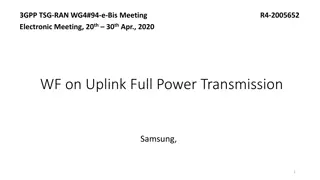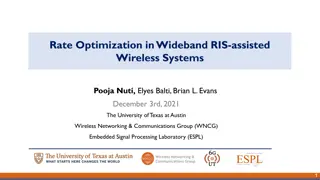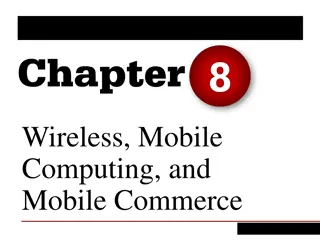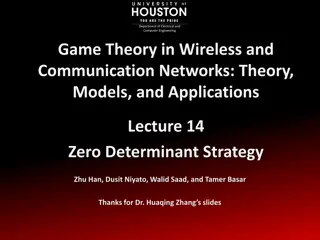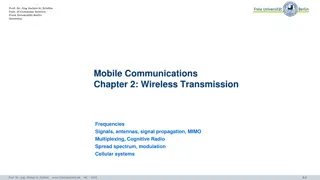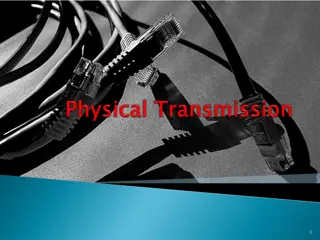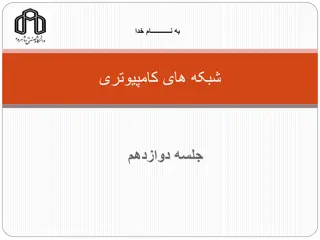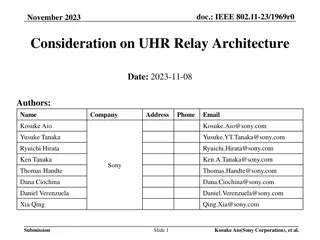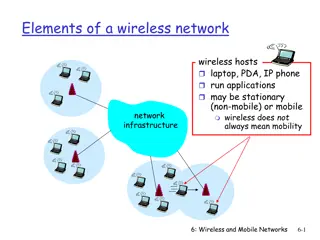Enhancing Wireless Communication Through Diversity Techniques
Explore the concept of diversity in wireless communication with a focus on improving performance over fading channels. Learn about frequency diversity, approaches like OFDM, and the use of diversity techniques to increase reliability and data rate. Discover how diversity plays a crucial role in mitigating the effects of fading in wireless systems.
Download Presentation

Please find below an Image/Link to download the presentation.
The content on the website is provided AS IS for your information and personal use only. It may not be sold, licensed, or shared on other websites without obtaining consent from the author.If you encounter any issues during the download, it is possible that the publisher has removed the file from their server.
You are allowed to download the files provided on this website for personal or commercial use, subject to the condition that they are used lawfully. All files are the property of their respective owners.
The content on the website is provided AS IS for your information and personal use only. It may not be sold, licensed, or shared on other websites without obtaining consent from the author.
E N D
Presentation Transcript
Diversity Wireless Comm./ Dr Samah
Main story Communication over a flat fading channel has poor performance due to significant probability that channel is in deep fading. Reliability is increased by provide more signal paths that fade independently. Diversity can be provided across time, frequency and space. Name of the game is how to expoit the added diversity in an efficient manner. Wireless Comm./ Dr Samah
Baseline: AWGN Channel y = x+ w BPSK modulation x = a Error probability decays exponentially with SNR. Wireless Comm./ Dr Samah
Gaussian Detection Wireless Comm./ Dr Samah
Rayleigh Flat Fading Channel Wireless Comm./ Dr Samah
Rayleigh vs AWGN Wireless Comm./ Dr Samah
Typical Error Event Wireless Comm./ Dr Samah
Diversity Techniques In time or frequency or space In each , a simple scheme based on repetition coding can be considered: Repetition coding achieves the maximal diversity gain. However, it is usually wasteful of the degrees of freedom of the channel. More sophisticated schemes to increase data rate and achieve a coding gain along with the diversity gain. Wireless Comm./ Dr Samah
Frequency Diversity Wireless Comm./ Dr Samah
Approaches Time-domain equalization (eg. GSM) Orthogonal frequency-division multiplexing OFDM (eg. 802.11a ) Direct-sequence spread spectrum (eg. IS-95 CDMA) Wireless Comm./ Dr Samah
Single Carrier ISI Equalization Suppose a sequence of uncoded symbols are transmitted. Maximum likelihood sequence detection is performed using the Viterbi algorithm. Can full diversity be achieved? transform the frequency-selective channel into a flat fading MISO channel with L transmit antennas and a single receive antenna Wireless Comm./ Dr Samah
Reduction to Transmit Diversity Wireless Comm./ Dr Samah
OFDM Wireless Comm./ Dr Samah
OFDM Wireless Comm./ Dr Samah
Direct Sequence Spread Spectrum Information symbol rate is much lower than chip rate larger processing gain SNR per chip is low Few bits are transmitted per d.o.f per user ISI is not significant compared to interference from other users and match filtering (Rake) is near optimal Wireless Comm./ Dr Samah
Frequency Diversity via Rake Suppose we transmit one of two n-chips long pseudonoise sequences xAor xB A binary symbol is transmitted over n chips Time invariant channel with L taps where Commonly n>>TdW ( i.e L) No ISI Projecting y = [y[1], . . ., y[n + L]] onto n+L dimensional vectors vA and vB, where vA= [(h xA)[1], . . ., (h xA)[n+L]] Then two matched filters are needed Wireless Comm./ Dr Samah
